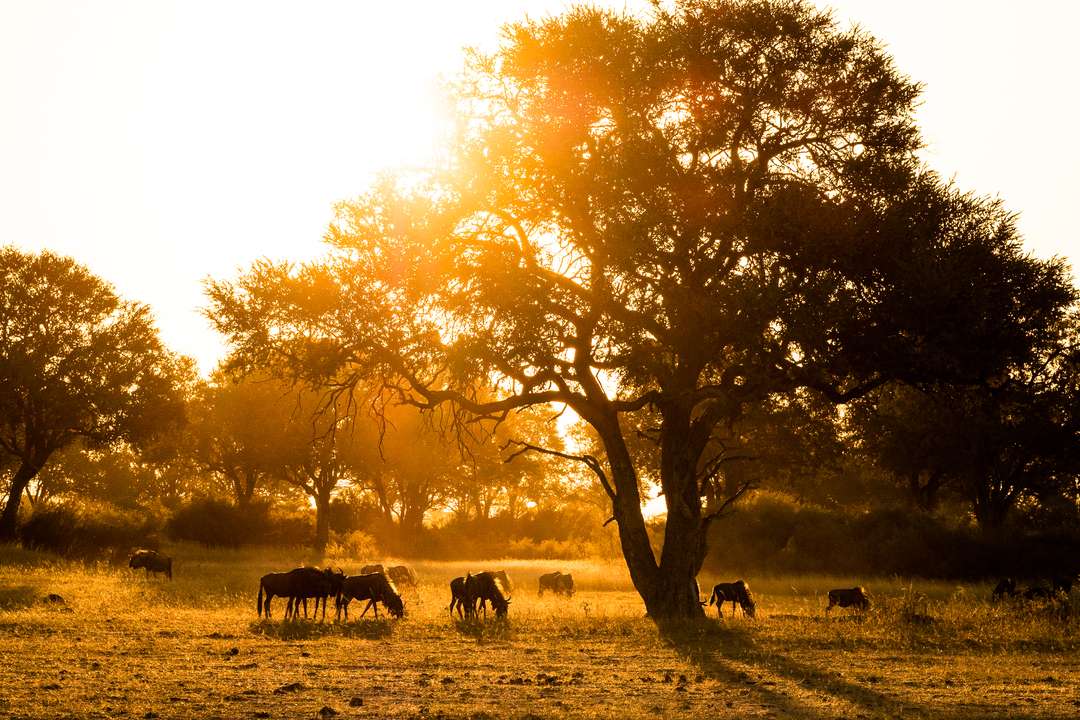Booked your photographic safari with Wilderness and excited to capture some great images of your adventures? Here are some simple tips for taking really great wildlife and landscape images on your next safari:

Check your gear and have it ready to before you start your game drive.
Check your battery is charged, your memory card is in the slot and has space. Nature has many surprises, so it’s important to anticipate them and be ready to capture them right from the get-go. Have your camera out of your bag and ready to shoot when you leave. When you arrive at a sighting, especially one that might have some action, keep your camera up to your face with one eye looking through the viewfinder, so that you can capture the action as it enters your frame. Keep your other eye open to scan what is going on outside the view of your camera, and you won’t miss anything.
Pack a lens with a great variable focal length and is ideal for shooting wildlife.
Be sure to pack a camera and lens that allows you to shoot with several focal lengths, so you can shoot a close-up, or quite wide, without having to change lenses. At a sighting, there may not be much time to change lenses, so it is handy to have a versatile lens like a 40-150mm lens. For action, especially where the movement is erratic, zoom out slightly so you don’t accidentally crop out anything important. Shoot wide to demonstrate scale, and a sense of the environment. Zoom in to your subject to capture some of the smaller details and textures, too.

Use a wider aperture to isolate the subject so that it pops against a blurry background and foreground. Using a longer lens and a wider aperture will accentuate the sense of blur.
At a sighting, shoot the moment first, documenting what you see and what action might be taking place. Then, if time allows it, get creative with the composition and lenses.
Some of the best action is often around sunrise and sunset, when the light conditions might be changing. If you have a teleconverter on, it may be worth taking it off as the light fades, as you will want to maximise the speed of your lens by opening the aperture as wide as possible. Also look for a camera with impressive image stabilisation capabilities so you can afford to slow your shutter speed down, if needs be, without worrying about a shaky image.
Use back button focusing to avoid missing focus at those key moments.
Certain cameras have a back button focusing feature that separates the focus and shutter responsibilities from the shutter button to an exclusive button at the back of the camera. Using your thumb on the back button to lock focus, you can then concentrate on composing your shot and waiting for the action to take place; your index finger ready on the shutter button to capture the definitive moment.

Shoot in bursts.
Many systems allow you to shoot multiple frames when you squeeze the shutter, which will help you to ensure you capture a sharp image and to select the best frame. You would want to capture the subject's movement at the right moment; just as a lion curls its tail, or just as an elephant opens its ears for example. By shooting in bursts you should be able to nail the perfect moment. This nifty feature takes the pressure off you to react to the action, without worrying about missing the shot.
Light is hugely important in photography, but can't really be controlled in wildlife photography. Use exposure compensation to lighten and darken your picture if the camera's exposure is either too light, or too dark.

Use the articulated LCD screen on your camera to allow you to view, and shoot from different perspectives. Changing your perspective always adds another level of interest to your pictures.
Communicate with your guide about how you would like the vehicle positioned.
Check the light direction/angle – perhaps you prefer the subject sidelit or backlit? Let your guide know so he/she can position the vehicle for you. There may be distracting twigs in your frame; communicating this with the guide will allow him to reposition the vehicle for a clearer shot.
Put down your camera, don't forget to enjoy the moment too!

While it's great to capture the visual aspects of a safari on camera, it’s the feeling, the sounds, and the smells that really make the safari magic. It’s the crackle and glow of the campfire at night, the starlit sky and the night-time noises. It's the smell of the coffee brewing at daybreak as the first francolins announce the start of a new day. It’s the excitement that grips you as the vehicle sets off, the fresh morning air pinching you awake. The camera can capture most things, it’s important to treasure the rest.

Let’s plan your next journey
Ready?
When we say we’re there every step of the way, we mean it, literally. From planning the perfect circuit, to private inter-camp transfers on Wilderness Air, and easing you through Customs. We’re with you on the ground, at your side, 24-7, from start to finish. Ready to take the road less travelled? Contact our Travel Designers to plan an unforgettable journey.